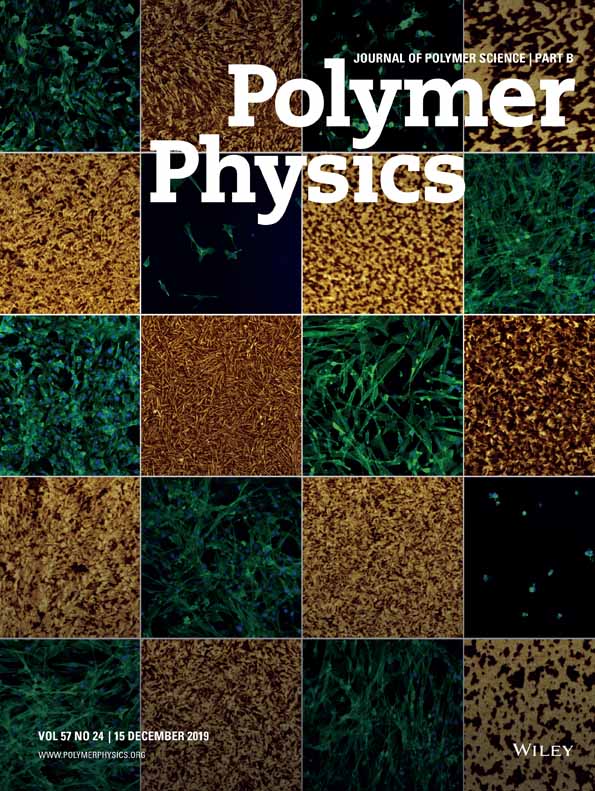Glass transition and relaxation behavior of epoxy nanocomposites
Abstract
With advances in nanoscience and nanotechnology, there is increasing interest in polymer nanocomposites, both in scientific research and for engineering applications. Because of the small size of nanoparticles, the polymer–filler interface property becomes a dominant factor in determining the macroscopic material properties of the nanocomposites. The glass-transition behaviors of several epoxy nanocomposites have been investigated with modulated differential scanning calorimetry. The effect of the filler size, filler loading, and dispersion conditions of the nanofillers on the glass-transition temperature (Tg) have been studied. In comparison with their counterparts with micrometer-sized fillers, the nanocomposites show a Tg depression. For the determination of the reason for the Tg depression, the thermomechanical and dielectric relaxation processes of the silica nanocomposites have been investigated with dynamic mechanical analysis and dielectric analysis. The Tg depression is related to the enhanced polymer dynamics due to the extra free volume at the resin–filler interface. © 2004 Wiley Periodicals, Inc. J Polym Sci Part B: Polym Phys 42: 3849–3858, 2004




